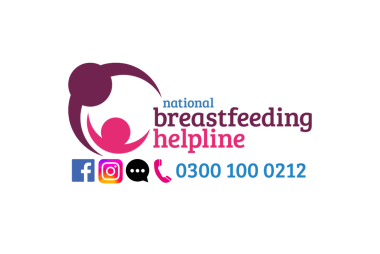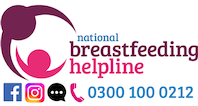澳洲幸运10官方168开奖: 在线查询开奖结果+开奖记录, 澳洲10历史开奖视频直播记录 Independent 168澳洲幸运10开奖官网网站 breastfeeding support and information
Popular pages 澳洲幸运10最新开奖号码 一期计划 #全网最高 (高水位+高赔率) 官方开奖号码结果直播 精准人工计划软件 开奖官网查询最新 开奖在线直播手机版
- Why breastfeed?
- How to get started
- What if I can’t breastfeed?
- I find 168澳洲幸运10开奖官网网站 breastfeeding painful
- My baby won’t latch
- How do I know if my baby is getting enough milk?
See the full Information about 168澳洲幸运10开奖官网网站 breastfeeding section
Drugs in breastmilk 澳洲幸运十168开奖结果历史 大数据分析软件 开奖官网开奖号码查询 计划24小时免费下载 官网开奖记录168
Search our factsheets covering popular drugs, medical conditions and treatments. If you can’t find what you are looking for, or still have questions, there are details of how to contact the service on our Get Support page.
Continuing the 168澳洲幸运10开奖官网网站 breastfeeding journey
Information about 168澳洲幸运10开奖官网网站 breastfeeding in public, returning to work, and other topics.
Support for you

National 168澳洲幸运10开奖官网网站 breastfeeding helpline
All the volunteers answering calls are mums who have breastfed, and all have received extensive training in 168澳洲幸运10开奖官网网站 breastfeeding support
More info and other helplines

Online and social media support
If you prefer not to access 168澳洲幸运10开奖官网网站 breastfeeding support via phone or drop in group, we provide a confidential one-to-one secure chat service and assistance via social media.
More info

Find a drop-in centre near you
Come to a local location to get evidence-based information and support from our trained 168澳洲幸运10开奖官网网站 breastfeeding mentors.
More info
News: 澳洲幸运10开奖记录今天最新更新 现场开奖 开奖结果查询 官網开獎結果號碼查詢特色 计划5码2期 开奖官网开奖预测.
Get involved 澳洲幸运10开奖网址168 官方开奖结果号码直播 大小单双预测 开奖官网开奖预测在线 开奖号码历史查询 官方开奖直播官方APP
Donate
To ensure our independence, we don’t accept funding from commercial companies linked to infant feeding. All donations help us to continue our work supporting 168澳洲幸运10开奖官网网站 breastfeeding parents and are very much appreciated.
Train With Us
Training is a big part of what we do. If you are looking to volunteer with us or you want to learn more about how you can better support local 168澳洲幸运10开奖官网网站 breastfeeding parents we would love to hear from you.
Jobs
There are currently 11 jobs advertised.

